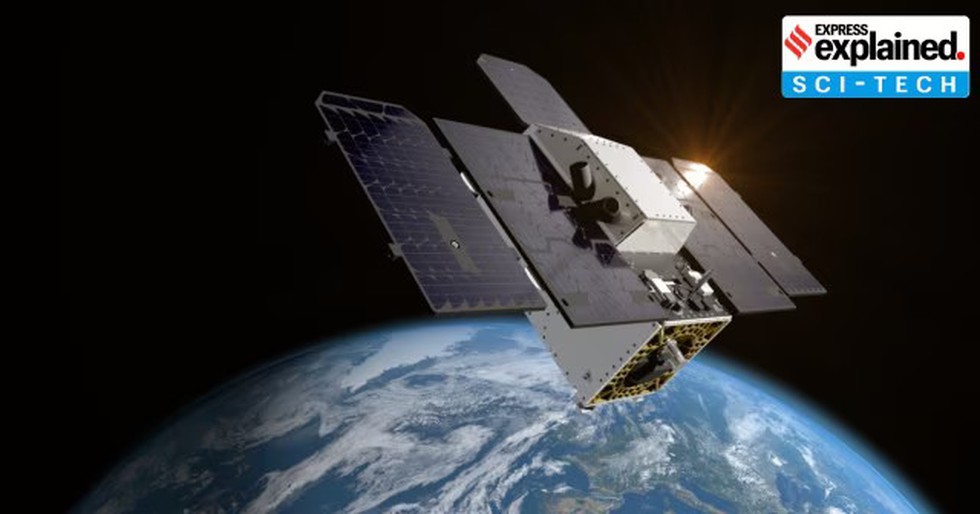About Tanager-1 Satellite:
- Launch details:
- Launch vehicle: SpaceX Falcon 9 rocket.
- Launch site: Vandenberg Space Force Base, California.
- Development collaboration: Jointly developed by NASA’s Jet Propulsion Laboratory and other partners.
- Mission purpose:
- Primary Objective: Detection of major carbon dioxide (CO₂) and methane (CH₄) emissions.
- Environmental Focus: Targeting key greenhouse gases that significantly contribute to global warming.
Technological features:
- Spectrometer technology: Utilizes advanced imaging spectrometers from NASA’s Jet Propulsion Laboratory.
- Emission tracking:
- Method: Measures light wavelengths reflected from the Earth's surface to identify specific atmospheric compounds.
- Spectral fingerprints: Identifies and quantifies greenhouse gases like CO₂ and CH₄ by their unique infrared signatures.
- Coverage capacity: Capable of monitoring emissions across 130,000 square kilometres daily.
- Data access: Plume data will be publicly available to support global emission reduction efforts.
Significance of Methane Monitoring:
- Global warming impact:
- Potency: Methane is approximately 80 times more effective than CO₂ at warming the atmosphere over 20 years.
- Contribution: Accounts for 30% of global warming since the Industrial Revolution.
- Health implications: Linked to the formation of ground-level ozone, contributing to up to one million premature deaths annually.
